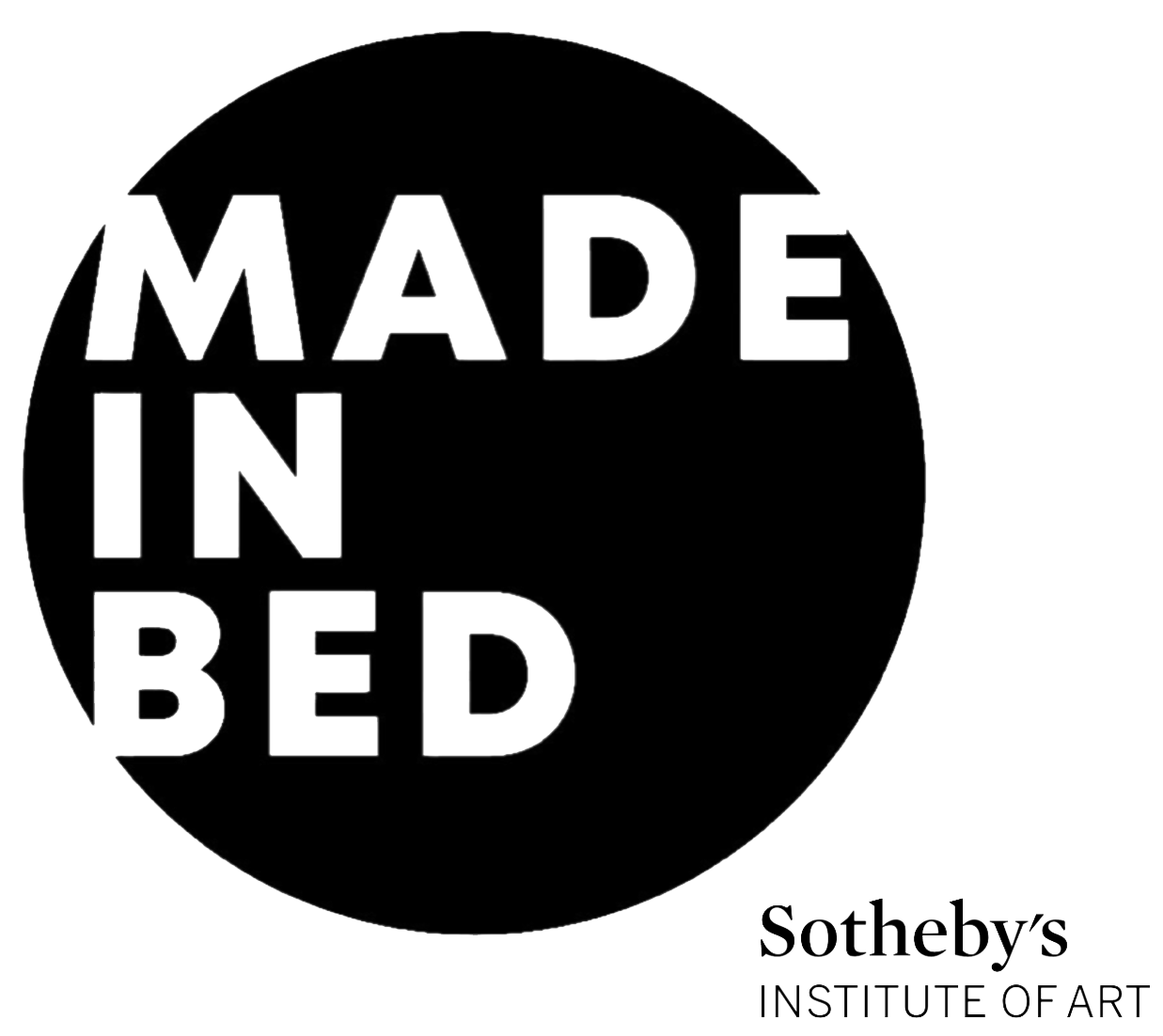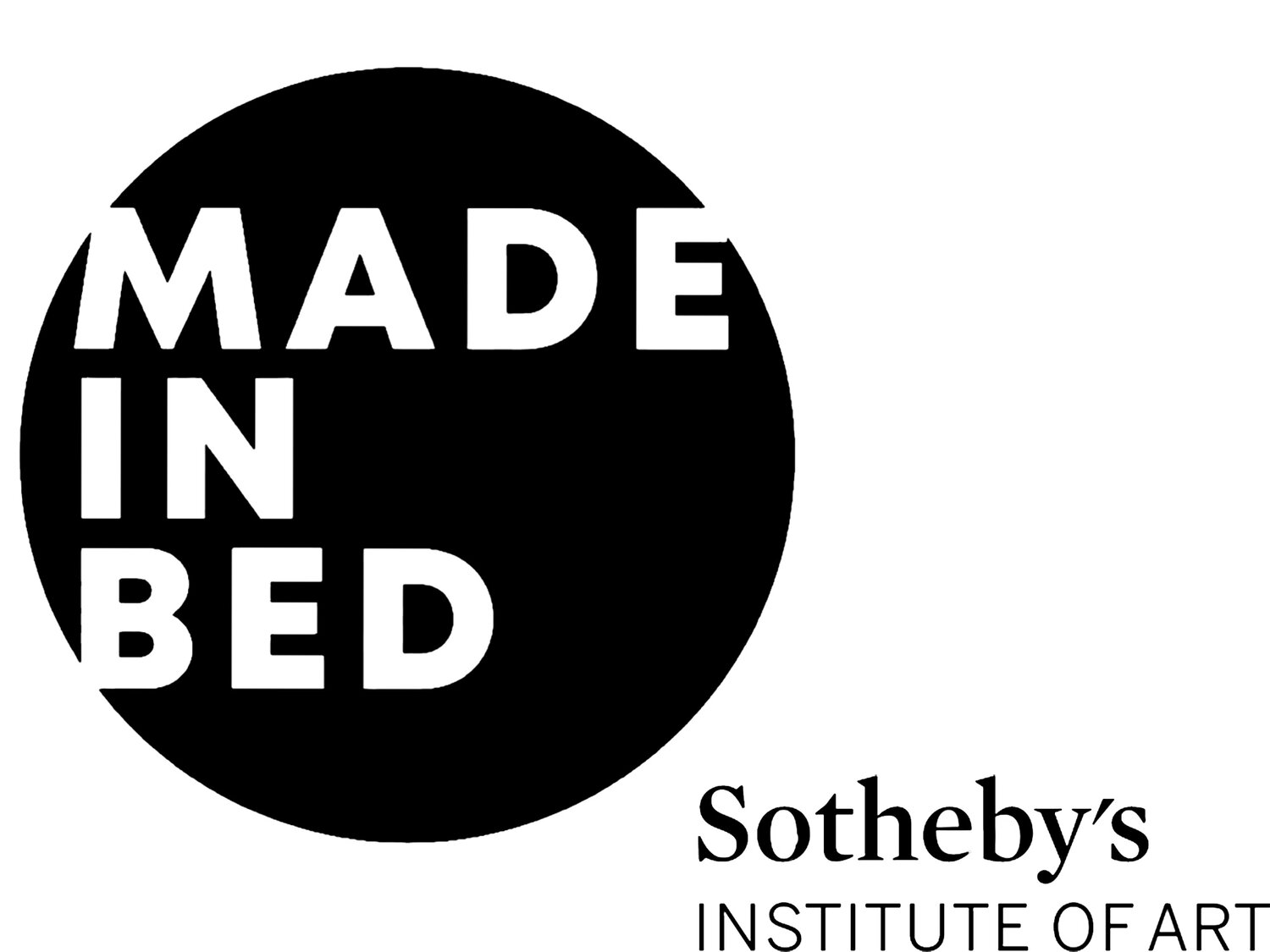Healing Through Art: The Cross-Continental Impact of Nengi Omuku and Hospital Rooms
Brush stroke at a time, hospital corridors are becoming sanctuaries of colour, light, and restoration. From London to Lagos, a quiet revolution is unfolding.
Nengi Omuku. Photo Courtesy: Kristin Hjellegjerde Gallery.
An alumni of the Hospital Rooms project, Nigerian artist Nengi Omuku has been using her artistic talents to transform walls once burdened by silence, stigma, and sorrow into spaces of comfort, imagination, and hope. From a locked psychiatric ward in London to a teaching hospital in Lagos, her work—alongside that of the UK charity Hospital Rooms—is reimagining what healing can look and feel like.
Their cross-continental collaboration—which was discussed at a recent Value of UK Arts & Health roundtable in the House of Commons—is a testament to the power of creativity in rehumanising healthcare. Echoing the sentiment of hosts John Slinger MP and Stephen Stapleton, this collaboration offers a blueprint for care that centres both dignity and connection.
Speakers at the Roundtable on the Value of UK Arts & Health, 2024. Photo Courtesy: Jameel Arts & Health Lab.
During the event, the hosts identified the UK’s arts sector as a powerful tool in advancing health and education globally. The discussions underscored the significance of arts in health initiatives such as social prescribing, and the broader role of cultural diplomacy in strengthening international ties. With experts like Professor Daisy Fancourt and Stuart Bartholomew emphasizing the economic and societal impact of arts engagement, it is clear that art is more than an aesthetic pursuit—it is a necessary force for healing, education, and connection worldwide.
Slow Boat workshop, Sandwell CAMHS. Ikon Gallery, 2023. Photo Courtesy: Hospital-Rooms.
Mrs Ebisan Akisanya, co-founder of The Art of Healing (Ona Iwosan) TAOH Africa, was in attendance to represent the Nigerian-based institution founded by Nengi Omuku in 2019.
Nigerian artist Nengi Omuku, who has championed the role of art in transforming mental health clinical spaces, gained inspiration to develop the project following an earlier commission by Hospital Rooms. The pioneering UK based arts and mental health charity was founded by Niamh White and Tim A. Shaw in 2016 after a close friend was admitted to a mental health hospital.
For the commission, which was supported by Arts Council England, Omuku was invited to London to paint a mural in a locked intensive care psychiatric ward at Maudsley Hospital in London. The experience moved her so much that she established her institution dedicated to integrating art into clinical environments in Nigeria.
LUTH Psychiatric Ward Common Area, Murals painted by Kwadwo Asiedu. Image Credit: Jochi Media. Photo Courtesy: TAOH Africa.
TAOH’s first mural project at Lagos State University Teaching Hospital marked a significant step in integrating contemporary art into mental health care across Africa and such interventions like these have been welcomed and appreciated by all.
“The ward is beautiful and different from other wards. It improves our patients’ moods, and visitors often wonder if they are still in LUTH. It is really beautiful, and we are thankful for it,” remarked Matron Lawal of the Psychiatry Ward, Lagos University Teaching Hospital (LUTH).
LUTH Psychiatric Ward Entrance, Murals painted by Alvin Kofi. Image Credit: Jochi Media. Photo Courtesy : TAOH Africa.
TAOH Africa now also regularly brings service users and medical staff together for hands-on art workshops led by various artists. These sessions emphasize creativity and self-expression, encouraging participants to explore new techniques and perspectives. More than just practical exercises, these workshops serve as therapeutic experiences, demonstrating how artistic engagement can significantly enhance mental well-being. They offer a vital space for people to express themselves, connect with others, and step outside the pressures of their daily routines.
Speaking of their experience, a service user at LUTH said: “The workshop made me feel good. I feel happier in comparison to when I came to the workshop. I’m feeling much better.”
TAOH workshop materials. Photo Courtesy: TAOH Africa.
This is a perfect example of how the UK’s arts sector is a powerful tool in advancing health and education, not just in the UK, but globally. Hospital Rooms has long aimed to change the often stark and impersonal settings of mental health wards into spaces that promote creativity, healing, and recovery. Over the years, the charity has worked with leading contemporary artists to commission ambitious and transformative artworks for NHS mental health hospitals.
Omuku herself has enjoyed a longstanding collaboration with Hospital Rooms, contributing to multiple projects. Most recently, she completed an installation at a new hospital site in Norwich inspired by hot air balloons—symbolizing freedom and lightness. This was showcased at Hospital Rooms’ 2024 summer exhibition at Hauser & Wirth, where pastel brushstrokes and beanbag ‘balloons’ created a space for visitors to relax and engage with the artwork.
The floor of the gallery was covered with an adaptation of Nengi Omuku’s artwork created for Hellesdon Hospital in Norfolk, depicting a clear blue sky that people will be able to walk, sit and create on. Hot air balloons featured in the artwork were transformed into bean bags for the public to sit on and draw, and will be installed in Hellesdon Hospital later this year.
Hauser and Wirth Summer Exhibition, Installation View, 2024. Photo Courtesy: Hauser and Wirth.
This landmark exhibition marked the culmination of a three-year initiative between the ‘Blue Chip’ gallery and Hospital Rooms, which has raised over £1 million to support transformative art projects in NHS mental health hospitals across the UK.
Nengi Omuku, Swing Low, 2024. Limited-edition artwork, crafted as a direct-to-media print on primed jute. Photo Courtesy: Hospital Rooms.
This impact-driven project highlights the transformative potential of collaboration with key players within the art ecosystem and health care professionals. Hauser & Wirth’s involvement signals a growing commitment from major art institutions to support initiatives that transcend aesthetics and directly engage with societal well-being.
One hopes this sets a precedent for future projects that harness the power of art to ease the immense pressures faced by healthcare systems—a need that has never been more urgent. Imagine a world where every healthcare professional had access to art-led interventions; the positive impact on their mental well-being, resilience, and ability to care for others would be profound.
Yinka Ilori, Atrium Detail, Springfield Hospital. Image Credit: Damian Griffiths. Photo Courtesy: Hospital Rooms.
Ecology and ontology remind us that we are intrinsically connected to our environment, both physically and metaphysically. The way we cultivate land, culture, and relationships reflects how we understand our existence. As the great Ghanaian philosopher Kwasi Wiredu and his contemporaries, including Professor Polycarp Ikuenobe, noted: "The African world is one of communalism, where being is rooted in belonging, and knowledge is a shared enterprise."
Nengu Omuku, Quorum, 2022. Oil on Sanyan, 132 x 212.5 cm, 52 x 83 5/8 in. Photo Courtesy: Pippy Houldswoth Gallery.
The work of Nengi Omuku and TAOH Africa is a testament to the tangible ways art can restore dignity, humanity, and hope within clinical spaces. Their interventions, alongside the pioneering efforts of Hospital Rooms, remind us that healing does not begin and end with medicine—it also lives in colour, texture, and human connection.
These initiatives are not merely decorative; they are reparative, shifting the energy of healthcare environments and offering solace where words or treatments may fall short.
As we face increasingly complex global health challenges, these cross-continental collaborations model how art can be both a balm and a blueprint—bridging worlds, uplifting spirits, and reimagining care for a future where healing is truly holistic.
Chantel Akworkor Thompson
Agents of Change Editor, MADE IN BED











